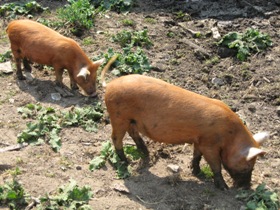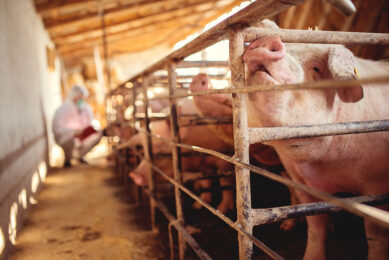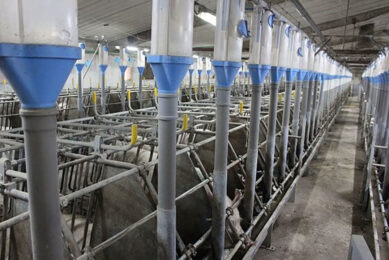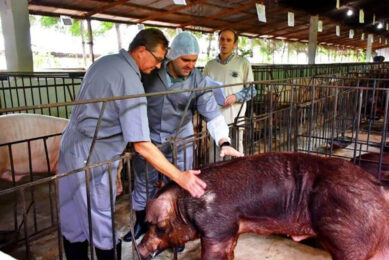Organic pig producers: A feasible genetic programme

The genetic programme for the organic pig production sector that is most beneficial in the short term is a rotational crossbreeding structure with purebred and terminal AI boars that are specifically selected for organic pig production.
The Animal Breeding and Genomics Centre (ABGC) and the Institute for Pig Genetics (IPG) made this recommendation after analysing data from organic pig farms and evaluating lines and genetic programmes in a bio-economic and a genetic model.
Small organic pig production sector
Economically, the best genetic programme was a structure with separate multiplication (“subfok”) and commercial (“vermeerdering”) herds, but due to the small size of the organic pig production sector, this would mean only one or two multiplication herds in practice. This would leave the sector quite exposed to health risks and economic risks.
The best genetic programme from the point of view of maximising genetic progress relevant for organic pig producers is the flower petal structure, provided it is fully implemented and the sow population is sufficiently large. In the flower petal structure, all herds exclusively work with purebred sows of an organic genetic line, selected for an organic breeding goal.
Flower petal structure
Approximately 10% of these sows produce purebred replacement gilts and the remaining 90% are served with a terminal boar to produce finisher pigs. The flower petal structure is currently a step too far for the present level of experience with implementing a genetic programme, but it may be feasible in the medium term.
A group of approximately 15 organic producers, representing 50% of the organic sow population, has shown interest in working together to establish the advised structure.











